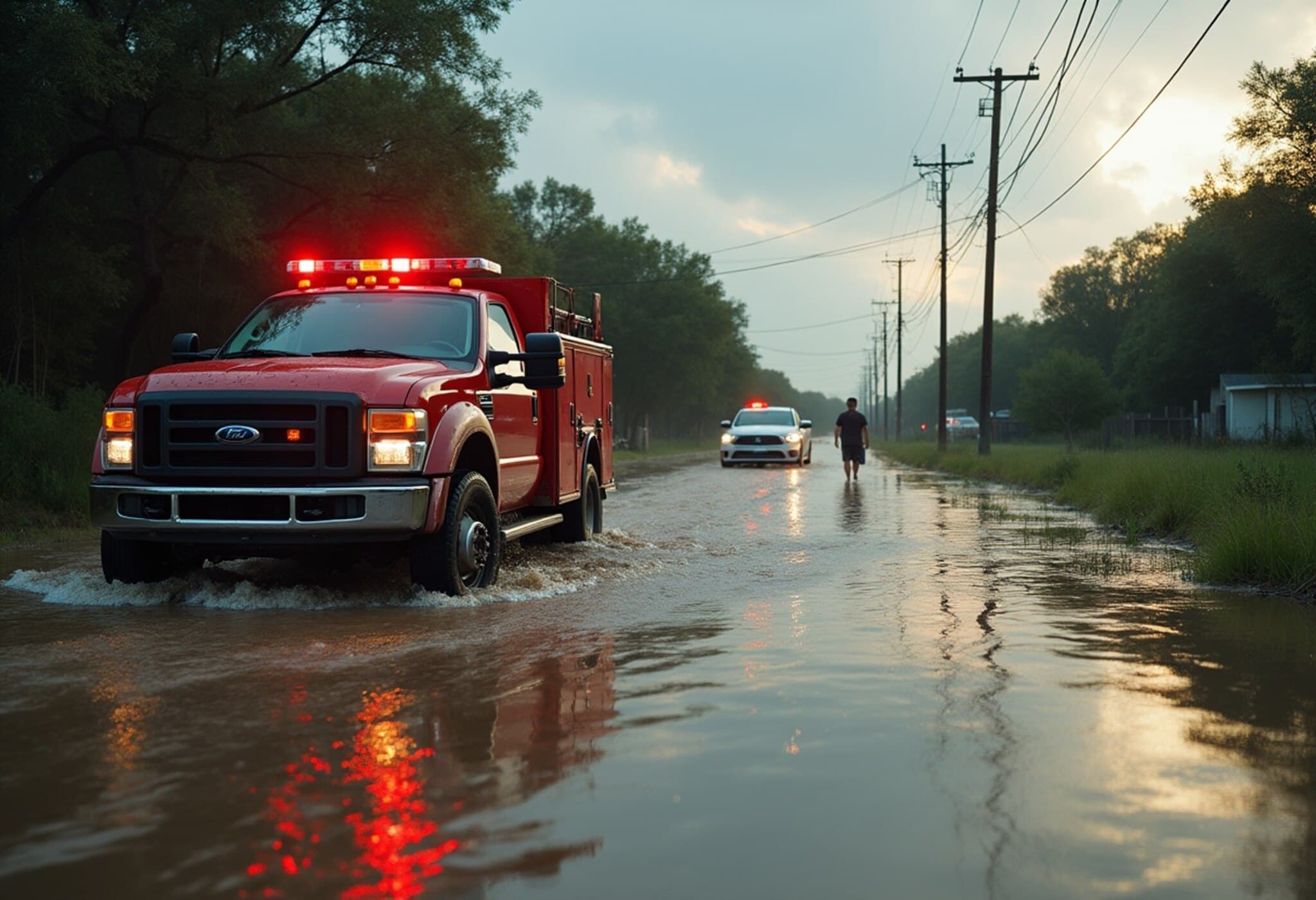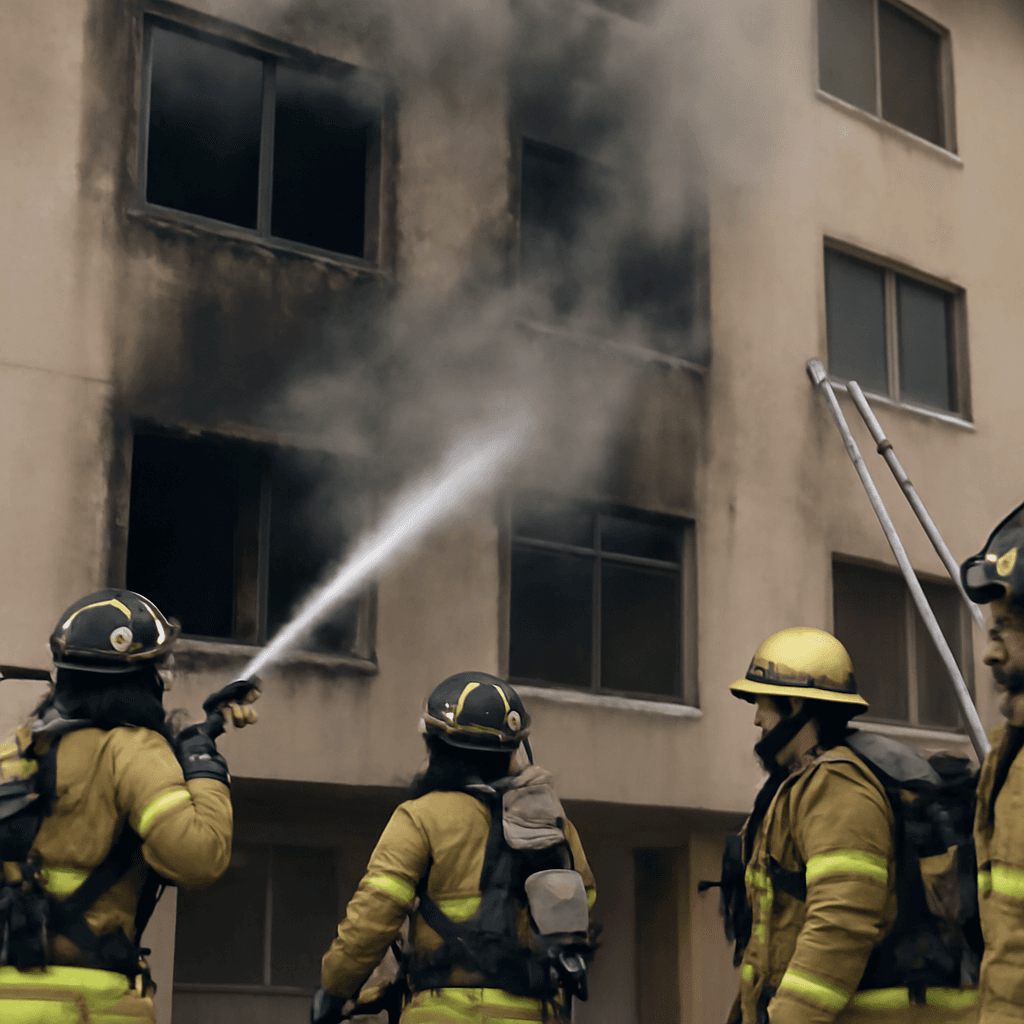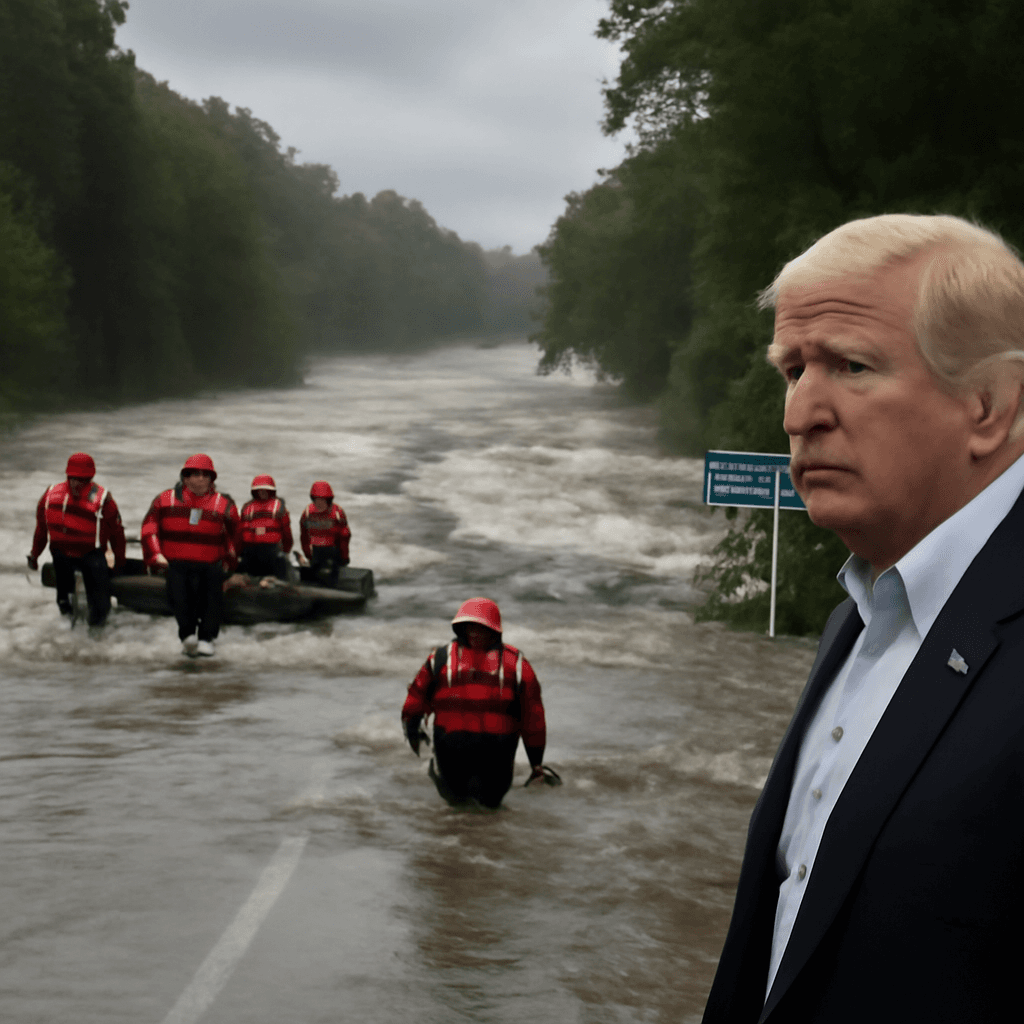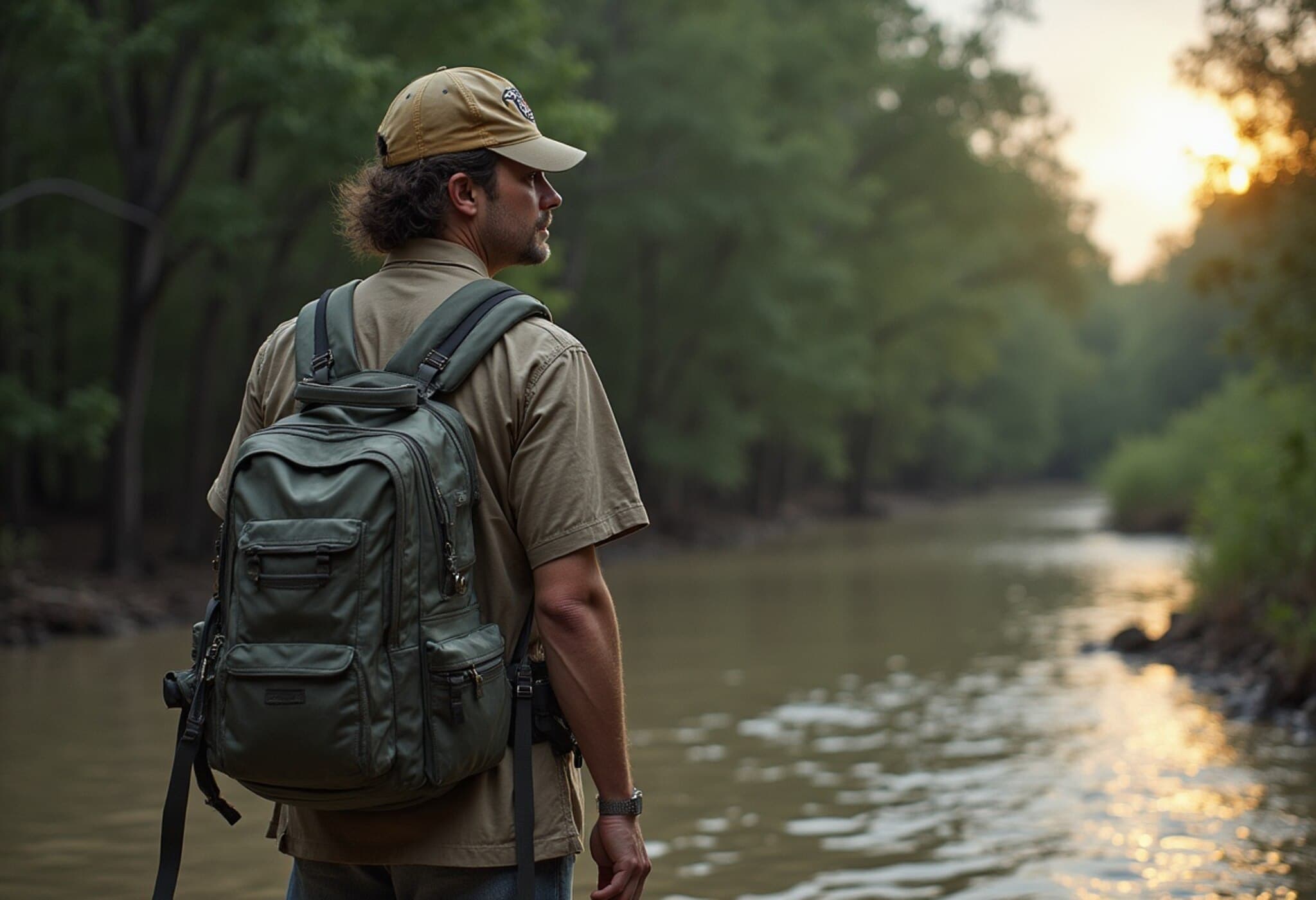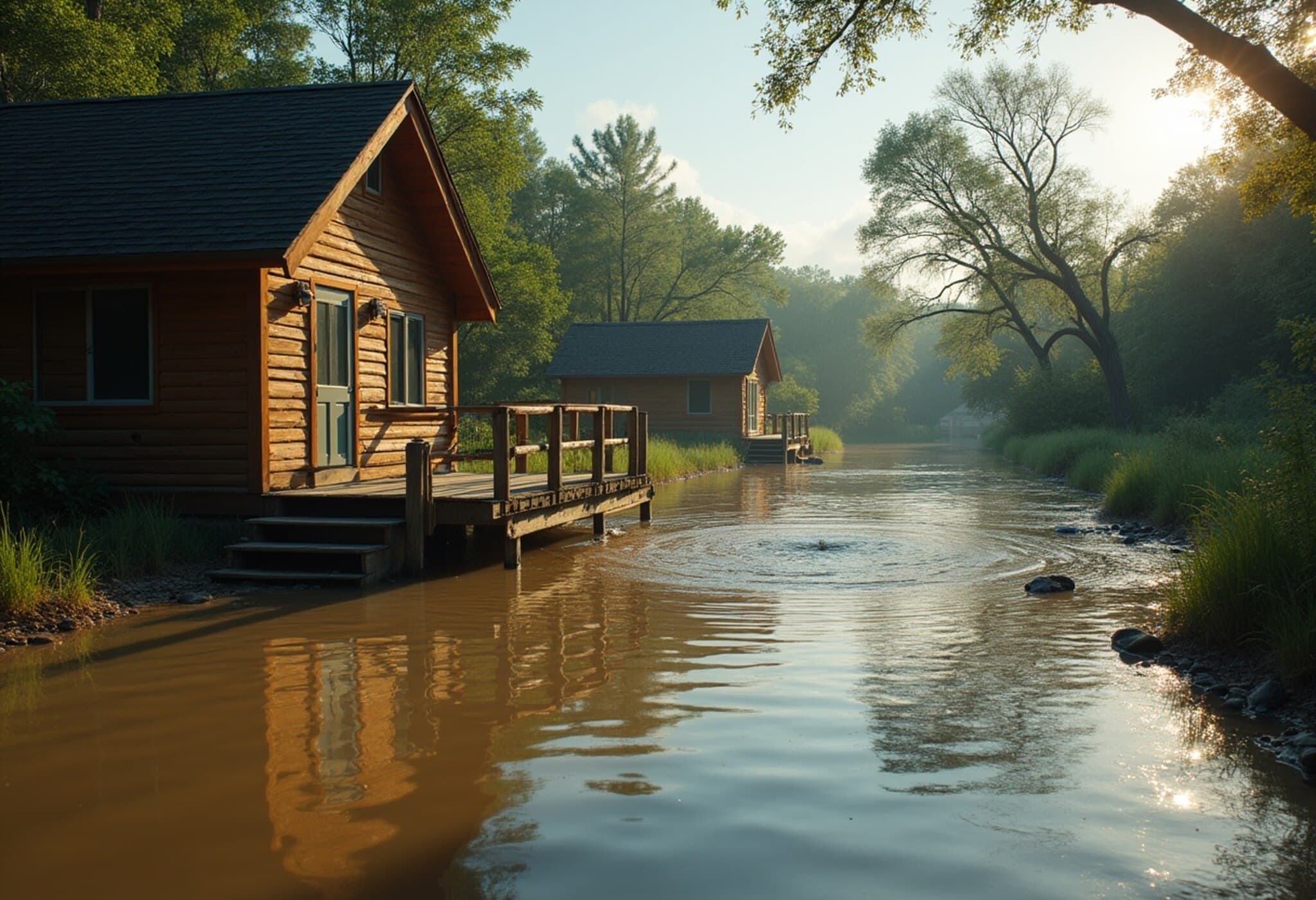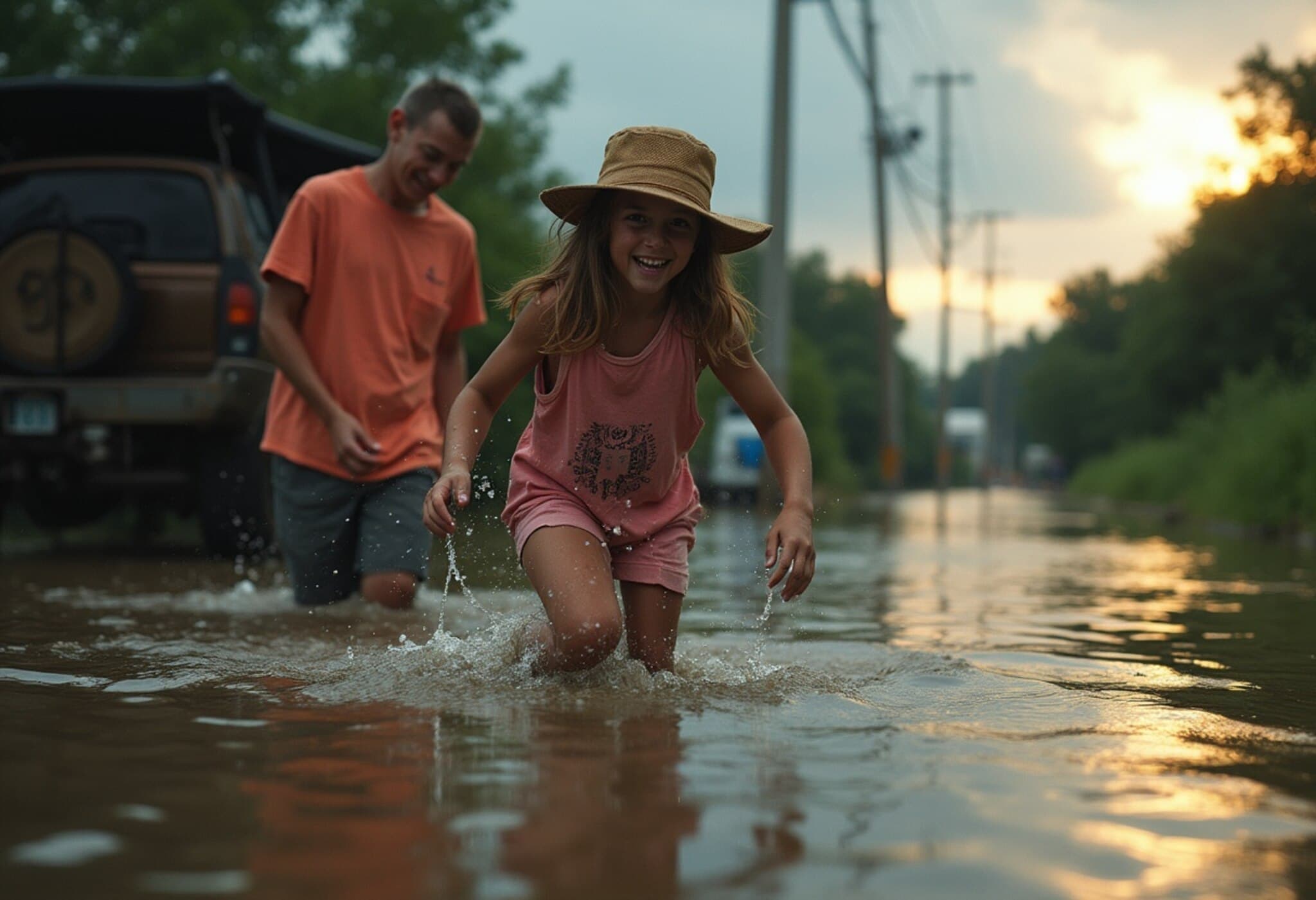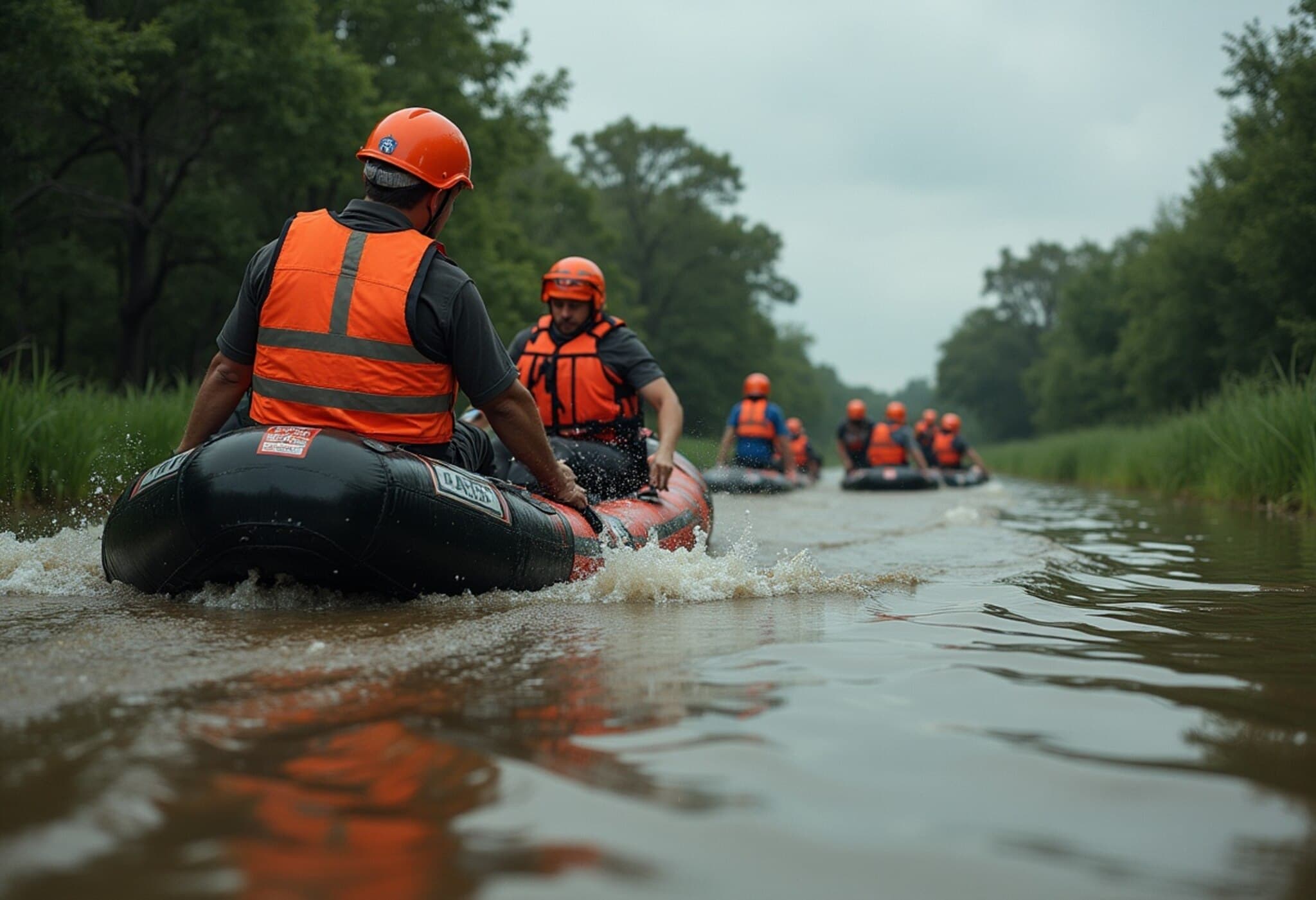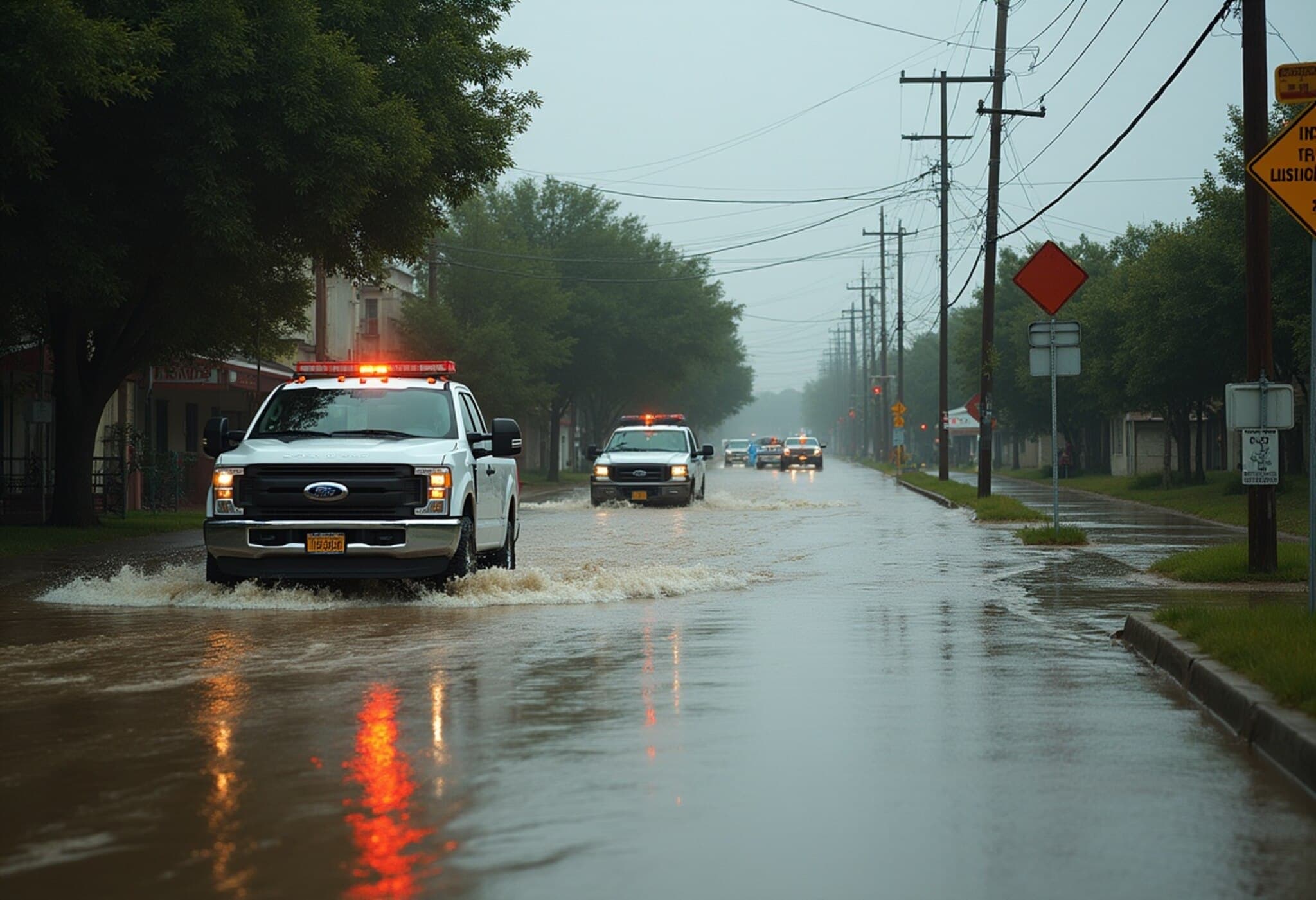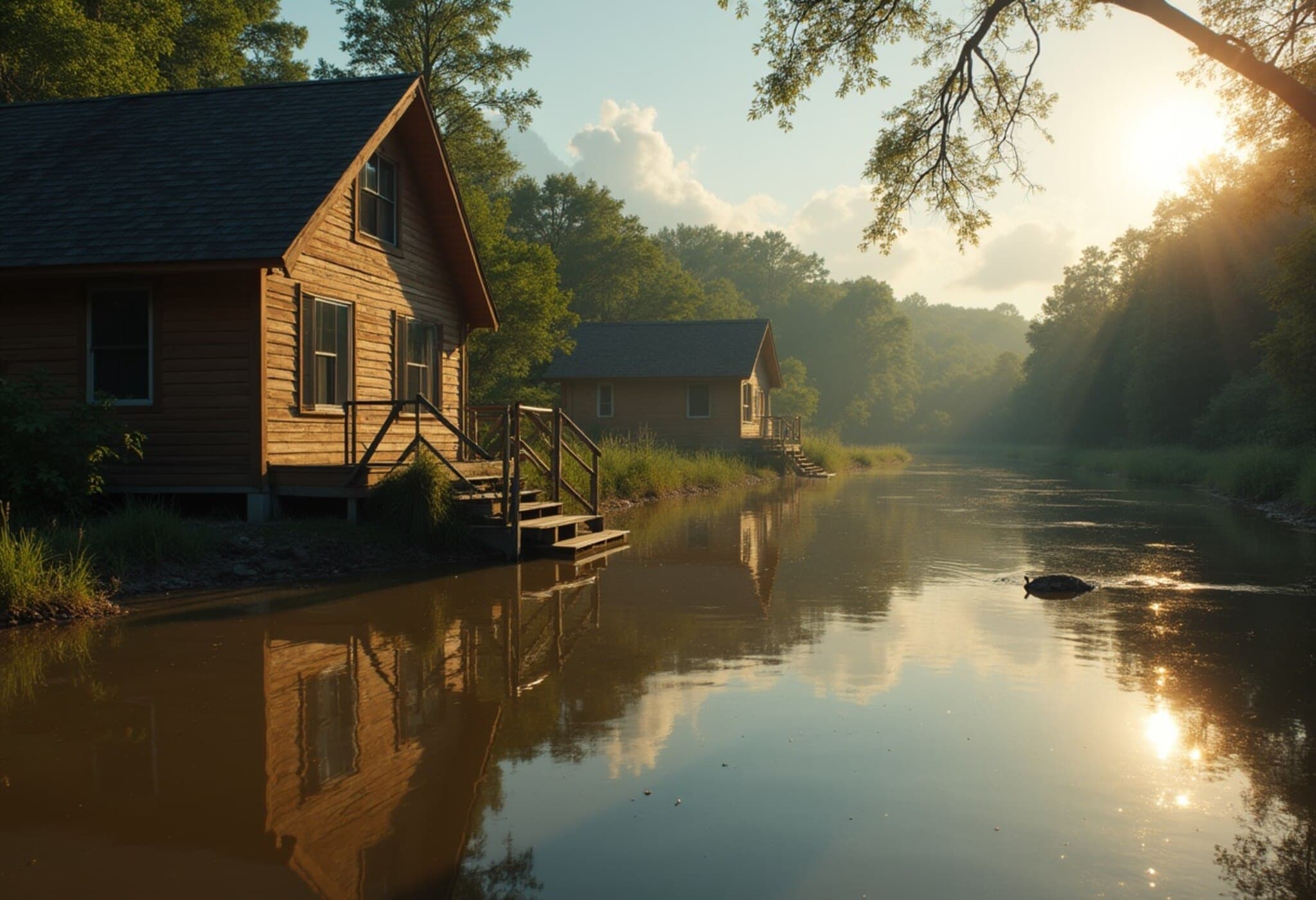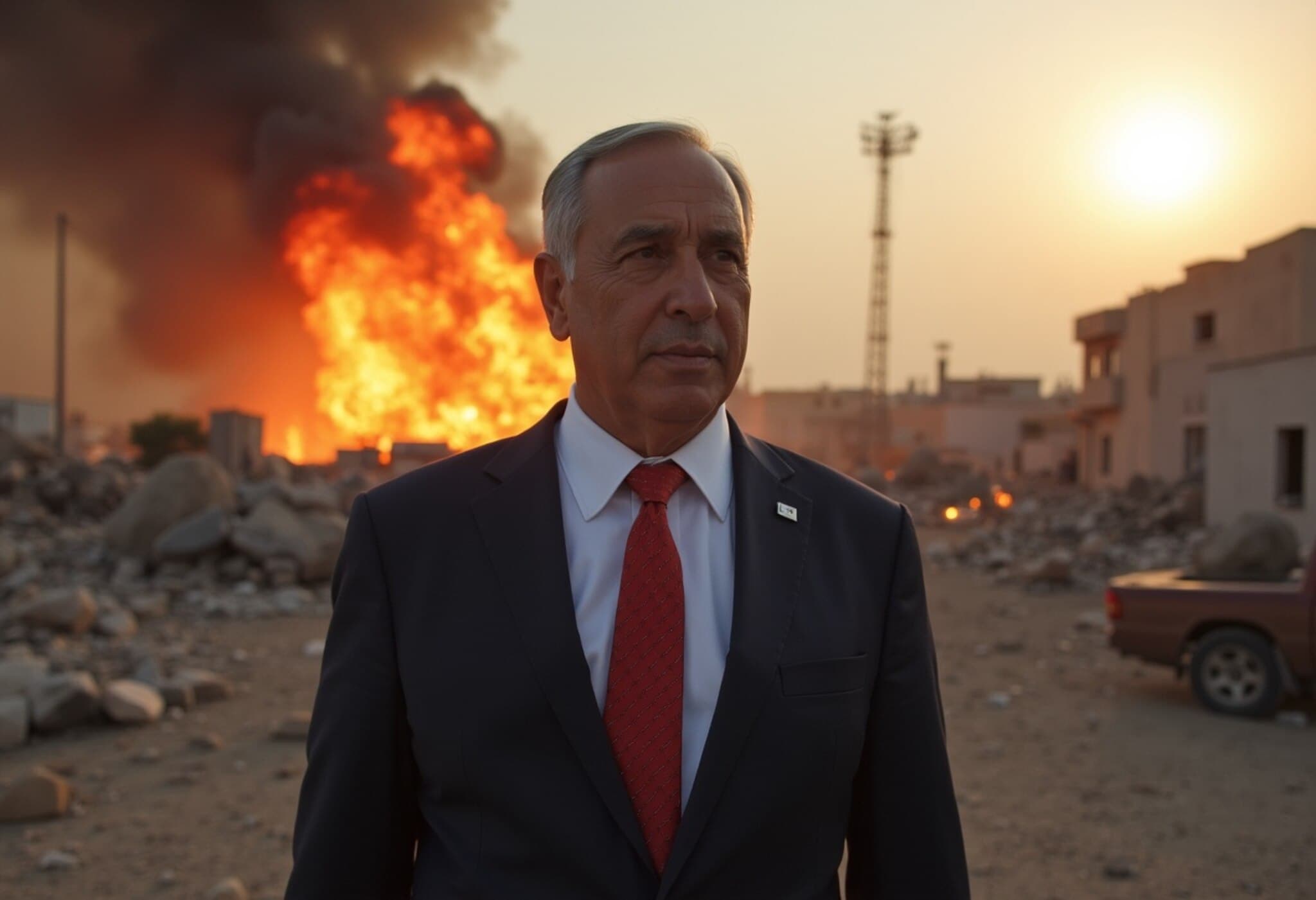Devastating Texas Flash Floods Claim Nearly 80 Lives Amid Holiday Tragedy
A fierce flash flooding event swept through Texas during the Fourth of July weekend, resulting in the tragic loss of at least 79 lives and leaving dozens more missing, including children. Sweeping across the picturesque but vulnerable Texas Hill Country, this disaster has been dubbed a “100-year catastrophe” by President Donald Trump, who has announced plans to visit the hardest-hit areas within days.
Swift and Deadly: The Toll of the Flash Floods
The relentless floods, triggered by a devastating overnight storm unleashing nearly 12 inches of rain, struck as many Texans were still asleep enjoying the holiday break. Kerr County bore the brunt of the disaster, especially along the Guadalupe River, where waters surged an astonishing 26 feet within 45 minutes, swallowing homes, vehicles, and lives. There, 68 deaths were reported, including the heartbreaking loss of 28 children and numerous missing campers from local camps such as Camp Mystic.
Other counties suffered grievous impacts as well: Travis County recorded six fatalities, Burnet County reported three deaths with five people missing, while Kendall, Williamson, and Tom Green counties also faced multiple casualties and severe flooding damage.
Understanding the Root Causes: Why Texas Hill Country Floods So Catastrophically
The Texas Hill Country is notoriously susceptible to flash flooding. Its dry, compact soil struggles to absorb heavy rains, leading water to rush rapidly across landscapes into rivers and streams. The region’s topography further exacerbates this by funneling runoff into narrow river valleys. When an intense storm dumps over a foot of rain in hours, the result is a deadly, fast-moving flood wave.
This single weather event brought rainfall equivalent to several months’ worth all at once — a scale that overwhelmed emergency preparedness and caught many by surprise despite warnings issued by the National Weather Service.
Emergency Response and Rescue Efforts in a Flood-Ravaged Texas
- Early warnings: Flood watches began Thursday, escalating to flash flood warnings and rare flash flood emergencies by early Friday.
- Evacuations: Camps like Mo-Ranch moved hundreds to higher ground, and authorities issued urgent calls for residents to flee or seek shelter.
- Search and rescue: Teams are working tirelessly to locate and assist missing individuals amid ongoing rain and flooding threats.
Despite these efforts, Texas Public Safety Chief Freeman Martin cautioned the public that the death toll is expected to rise as search operations continue, highlighting the tremendous challenges posed by the scale and speed of the flooding.
Political and Community Responses: Looking Ahead
Texas Governor Greg Abbott confirmed that 41 people remain missing across various counties, with families anxiously awaiting news. President Trump’s planned visit signals federal attention and federal emergency resources potentially mobilizing to aid recovery, but local leaders acknowledge the need for a meticulous after-action review.
Kerrville City Manager Dalton Rice emphasized that an in-depth evaluation of the emergency response—including communication and warnings—will be conducted to better prepare for potential future catastrophes of this magnitude.
What This Disaster Reveals: Reflection and Preparedness
This tragedy underscores the vulnerability of even relatively rural and less populated regions to extreme weather amplified by climate change. Experts warn that flash floods—by their nature sudden and violent—pose unique challenges to public safety, requiring ongoing investments in forecasting technology, community education, infrastructure resilience, and emergency services coordination.
With climate models predicting an increase in severe rainfall events in the American South and Southwest, the Texas floods serve as a sober reminder that disaster preparedness must evolve continually to safeguard lives and communities.
Editor’s Note
The Texas flash floods of July 2025 are a stark, heart-wrenching example of nature’s power and the limits of human foresight. While officials work to recover and rebuild, critical questions arise about how the U.S., particularly disaster-prone regions, can bolster readiness amid escalating climate risks. How can emergency communication be made more effective? What role should infrastructure modernization play in flood mitigation? And how can vulnerable communities be better supported both before and after such devastating events? These are the conversations that policymakers, scientists, and citizens must urgently engage in as we navigate a future marked by increasingly unpredictable natural disasters.

